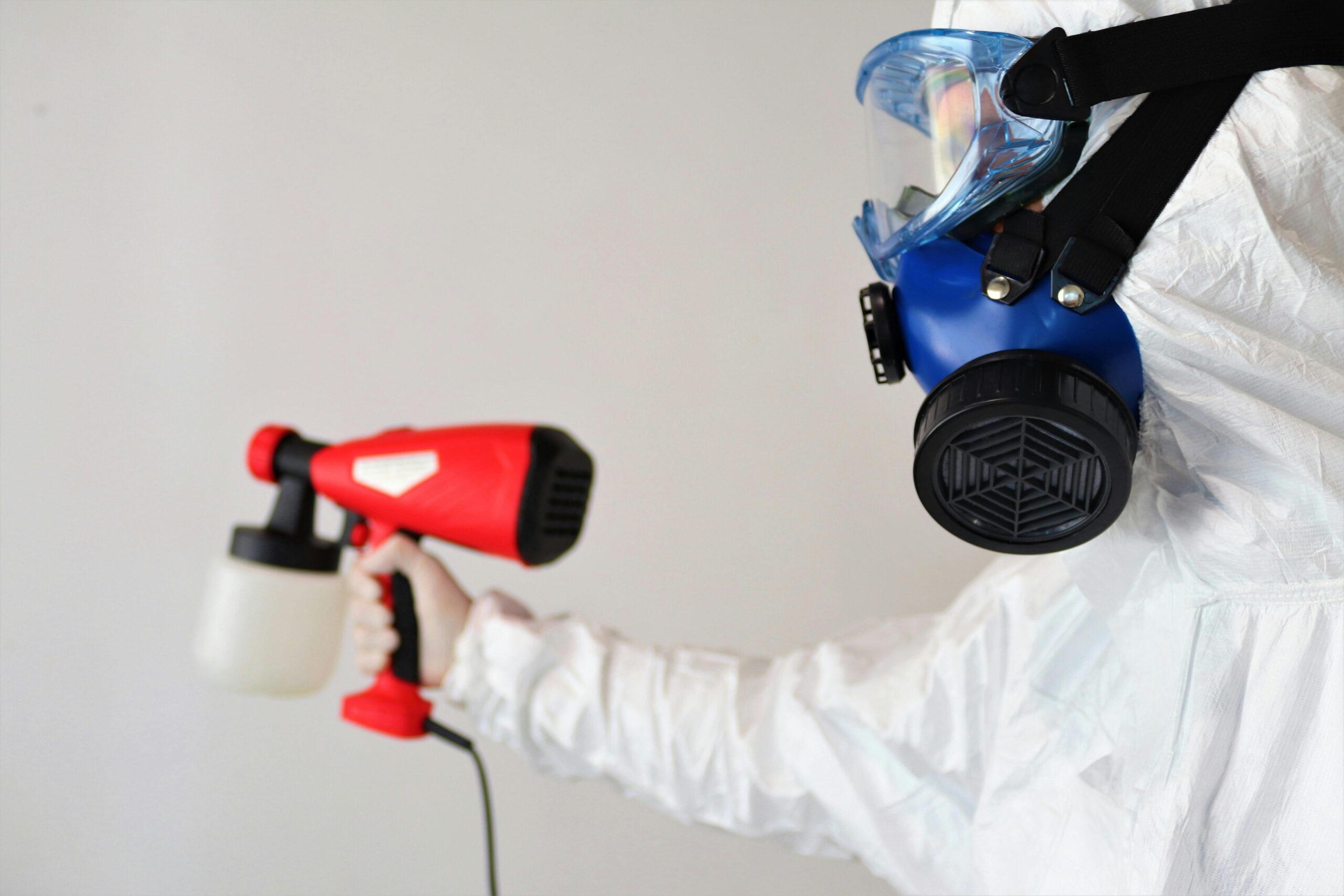Water damage is a nightmare for homeowners, causing big problems and expensive fixes if not fixed fast. Everyone wonders: can a small leak or flood lead to big problems?
Even a little water can do a lot of damage, depending on where it is, how long it stays, and what it touches. If ignored, water damage can lead to big structural issues, safety risks, and more.
It’s very important to act fast to lessen water damage’s effects. Knowing the signs of water damage and acting quickly can save you money and keep your home safe.
Key Takeaways
- Water damage can lead to significant structural problems if not addressed promptly.
- The extent of the damage depends on the location, duration of exposure, and materials affected.
- Prompt action is key to reducing water damage’s impact.
- Common signs of water damage include leaks, floods, and water stains.
- Quick action can prevent expensive fixes and keep your home safe.
Understanding the Urgency of Water Damage
It’s important to spot water damage early to avoid big repair costs. Water damage can show up in many ways, often surprising homeowners.
Look out for spiderwebbed cracks, paint bubbles, and flaking paint. Also, watch for peeling wallpaper, water stains, and discoloration. These signs mean water might be getting into your home, leading to a water damage emergency if not fixed fast.
Water damage can come from many sources. This includes leaks from appliances, plumbing problems, natural disasters, and bad roof maintenance. Knowing how urgent it is to fix water damage is key.
Common Causes of Water Damage
- Appliance leaks: Washing machines, dishwashers, and refrigerators can all leak, causing significant damage.
- Plumbing failures: Burst pipes and faulty fixtures can release large amounts of water.
- Natural disasters: Floods, storms, and heavy rainfall can lead to water intrusion.
- Poorly maintained roofs: Missing shingles, clogged gutters, and damaged roofing materials can allow water to seep in.
Acting quickly is vital when dealing with water damage. Homeowners should check their homes often for damage signs. Fixing problems quickly can stop a small issue from becoming a big water damage emergency.
Knowing the signs and causes of water damage helps homeowners act early. This keeps their homes safe and secure.
How Urgent is Water Damage? Timeline and Response
Water damage needs quick action to avoid more harm. The sooner you act, the less damage there will be. Every minute matters.
The first 24 hours are key. Quick steps like removing water and drying can make a big difference. Fast action helps avoid mold and structural problems.
Understanding the Water Damage Restoration Process
The restoration process has several important steps. First, removing water and drying are top priorities. Then, the steps include:
- Assessing damage to figure out what needs fixing
- Cleaning and sanitizing to stop mold and bacteria
- Fixing or replacing damaged items like drywall and flooring
Wood and drywall can be badly damaged in 24 to 72 hours. Metal can start to rust. Waiting more than 3 days can lead to mold and structural problems. After 7 days, the damage can be severe, needing expensive repairs.
Knowing the restoration timeline helps property owners act fast. Quick action and professional help can save money and time. It helps get back to normal sooner.
- Act quickly to mitigate damage
- Engage professional water damage restoration services
- Monitor the restoration process to ensure thoroughness and quality
Conclusion: The True Cost of Waiting
Water damage needs quick action to stop more harm and expensive fixes. It’s very important to act fast, as waiting can cause more damage and health risks from mold.
Knowing how urgent water damage is helps property owners act quickly. The longer you wait, the bigger the risks of serious damage and health problems.
Acting fast on water damage keeps your property safe and sound. This way, you avoid big repair costs later on.









